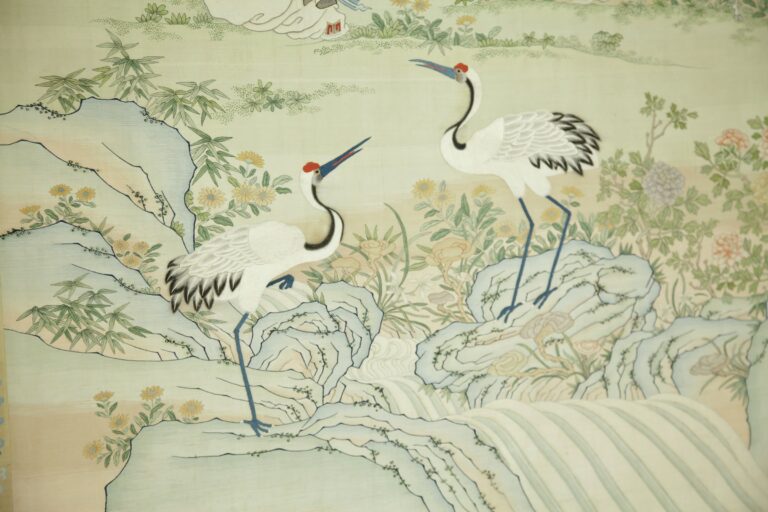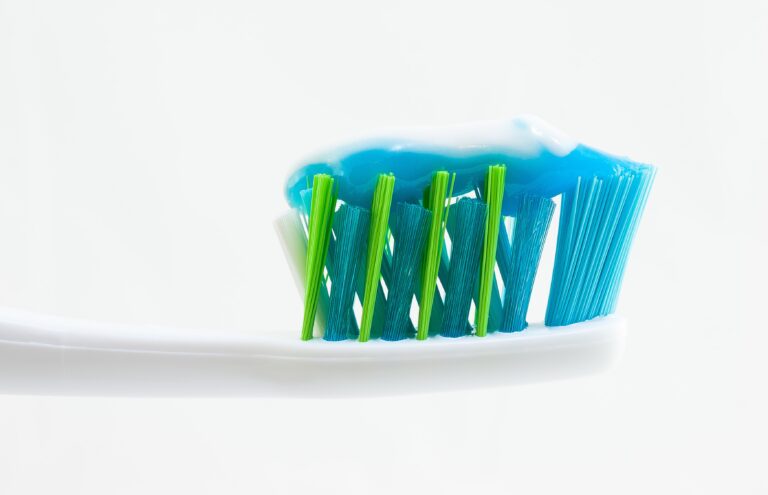Gone are the days when big multinationals in China could easily dominate every consumer segment from toothpaste to laundry detergent. For years, the main concern for companies such as Procter & Gamble Co. were counterfeits, as their brands had strong brand recognition and were popular among the newly expanding consumer market. However, this is no longer the case. Take for instance a Chinese herbal toothpaste for whitening and sensitive gums. It sells for the equivalent of about $8.60, roughly double the price of Crest 3D White Vivid, one of P&G’s pricier brands. Yet according to market research firm Euromonitor International, the herbal toothpaste’s market share in China grew to 8.8% in 2011, up from 1.1% five years ago. Over that same period, P&G’s market share in the toothpaste category fell from 20.8%to 19.7%. Toothpaste market share in China for Unilever NV, which sells the Zhonghua (中华) brand there, fell from 12% to 9.9%.

Chinese domestic toothpaste brands: Darlie (黑人) and Yunnan Baiyao (云南白药)
Darlie (黑人) is a toothpaste brand of Hawley & Hazel Chemical Company. First manufactured in Shanghai (上海) in 1993 and later based in Hong Kong (香港) and Taiwan (台湾), Hawley & Hazel was acquired in 1985 by the US Corporation Colgate-Palmolive, although the product is not marketed by Colgate-Palmolive. In 1985, after Colgate-Palmolive acquired Hawley & Hazel, the toothpaste’s English name was changed to “Darlie”, and the image on the packaging was altered to show a racially ambiguous face in a top hat. The Chinese name of the brand, “黑人牙膏” (in English, “Black Person Toothpaste”), remains the same. Yunnan Baiyao (云南白药) is a hemostatic powdered medicine famous for being used by the Vietcong to stop bleeding during the Vietnam War. Now, it mainly focuses on Chinese herbal medicine toothpaste.
International toothpaste brands: Crest (佳洁士), Colgate (高露洁) and Zhong Hua (中华)
Crest is made by Procter & Gamble in Germany and in the United States and is sold worldwide. In many countries in Europe, such as Germany, Bulgaria, Serbia, Ukraine, Russia, Poland, Hungary and Romania, it is sold under the name “Blend-A-Med”, the name of established German toothpaste acquired by P&G in 1987. In Belgium, the Netherlands, Brazil, the UK, Ireland, Nigeria and Columbia P&G markets similar products under the Oral-B brand. Colgate (高露洁) sells an oral hygiene product line of toothpaste, toothbrushes, mouthwashes and dental floss. Zhonghua (中华) is a sub-brand of Unilever created to compete with Crest in the Chinese market.
International enterprises face fierce competition in China
Hengan International Group Co. overtook P&G’s tissues and hygiene products in 2010 and held its lead last year with a market share of 10.6% compared with P&G’s 10.5%, according to Euromonitor data. Guangzhou Liby (广州立白) Enterprise Group Co. and Nice Group are dominating markets for home-care products like detergents and soaps with a combined market share of 27.6%, compared with P&G’s 7.6% and Unilever’s 6.6%. Local brands are closing the perceived quality gap with foreign products as well. For some products, consumers no longer readily distinguish between the two.
In a survey by market research firm Nielsen of 300 consumers in China’s smaller cities, around 70% of consumers thought P&G’s Ariel laundry detergent was a local brand. This is particularly important because smaller cities are experiencing a sharp increase of average consumer spending on home and personal care goods. The rise of China’s homegrown household brands comes as foreign consumer goods companies are relying more on emerging markets to make up for sluggish growth in Europe and the U.S. While sales growth has slowed as China’s economy has cooled, the numbers are still strong. Euromonitor estimates the country’s market for beauty and personal care will grow by 12% this year to 203 billion yuan ($32 billion), while the market for home-care products will grow by 11% to 78 billion yuan ($12.2 billion). China is P&G’s second-largest market, with $6 billion in sales, and home to many of the company’s best global distributors. While P&G’s market share in diapers, laundry care and hair care has risen in China, its share of oral care, bath and shower, and skin care slipped in 2011, according to Bernstein Research.
Daxue Consulting China Market Research
Sources:
Picture Source: Darlie Toothpaste




